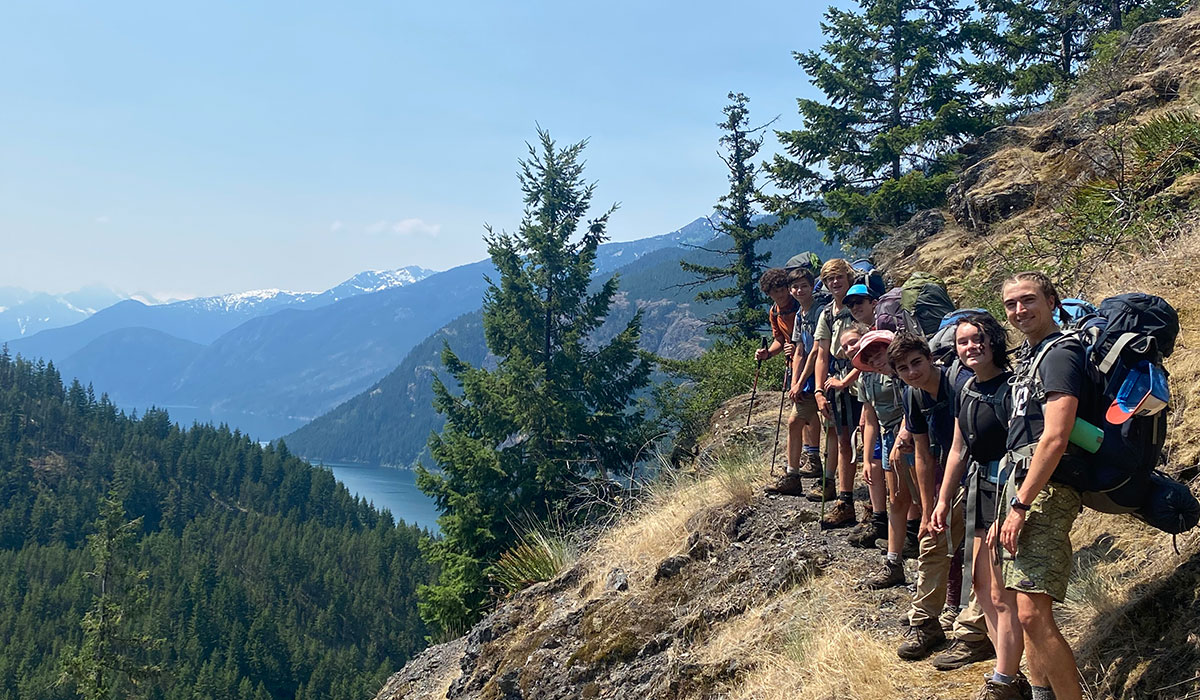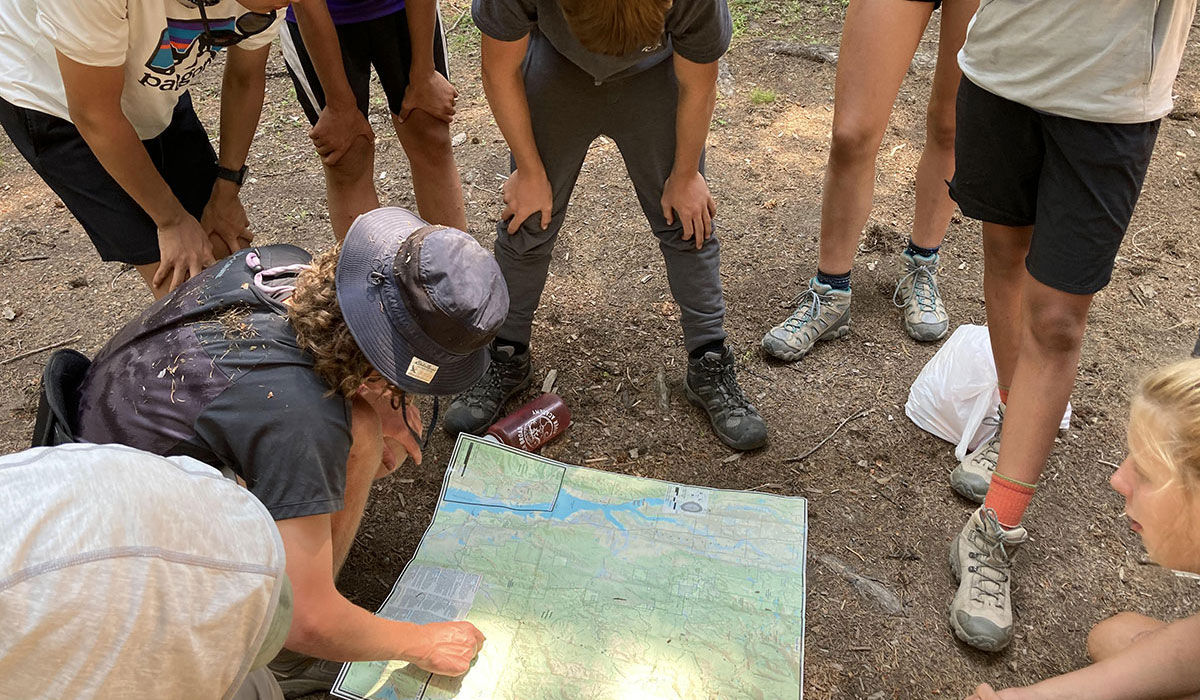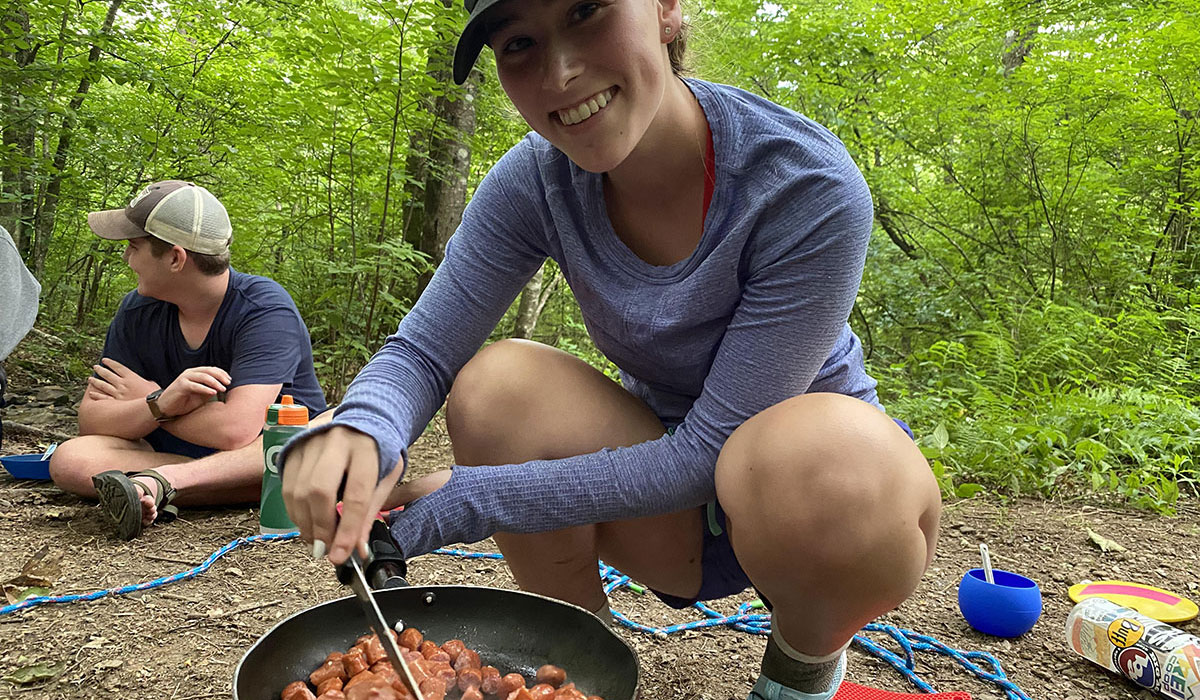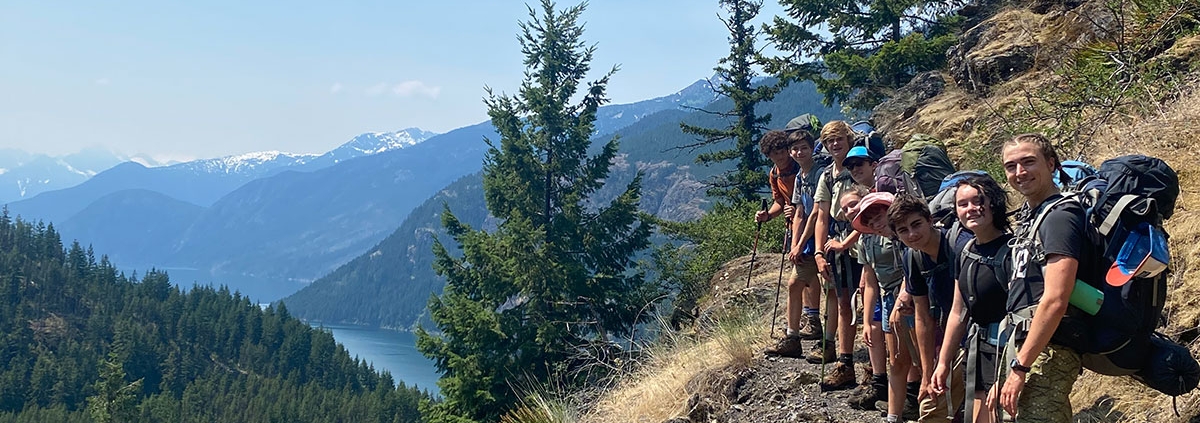Recognizing Different Learning Styles in the Outdoors
 What are learning styles?
What are learning styles?
We all process new information differently! There are many “styles” of learning that define the way that someone best receives and retains new knowledge. One or multiple styles might apply to any individual. Below are the four most common learning styles defined.
1. Visual
These are folks who learn best by looking at drawings or charts, writing lists, and watching presentations and demonstrations. A visual learner might be able to watch something demonstrated once and then replicate it.
2. Auditory
These learners absorb spoken instructions well. They might prefer to read aloud, or repeat things they hear out loud. An auditory learning trick you might have used is repeating the name of a person you just met to help cement it in your memory.
3. Kinesthetic
Think movement! Kinesthetic learners explore the world by touch and physical movement. They might need hands-on involvement in a new task to learn the steps, and often find they can’t sit still while listening to instructions.
4. Reading/writing
Reading/writing learners absorb information easily by reading it, and they like to take notes. These folks would head for Internet articles or reference books to research a topic.

How can Adventure Treks incorporate the four learning styles in the outdoors?
Adventure Treks instructors have practical experience with teaching outdoor-specific skills and topics, and they can design a lesson on any subject to cater to multiple learning styles. Our instructors demonstrate each new task, provide time for students to explore it on their own with support and feedback, and eventually trust the students to complete tasks on their own with little to no help.
Here’s an example of how one day on an Adventure Treks backpacking trip provides opportunities for all four learning styles.
7 a.m.: The “leader of the day” wakes everyone up and gets the group packed up and ready for breakfast. They presented the plan for the day last night at evening meeting and now have the difficult job of verbally setting goals for the group and answering questions. Auditory learners thrive as leaders of the day.
7:45 a.m.: Breakfast is backcountry hash browns: rehydrated hash browns, sauteed onions and peppers, bacon bits, cheese, and chopped green onions all rolled up in a warm tortilla. Kinesthetic learners appreciate the challenge of preparing food for the group safely and efficiently, and then presenting the meal buffet-style so everyone can choose their toppings.
8:30 a.m.: Time to start hiking! Everyone will want to know how far the group will travel today, and instructors will dive deeply into map-reading with topics like estimating distance, deciphering topographical lines, and pinpointing a current location. Students who learn through reading and writing will find that reading a map is research into a place, and every group has guidebooks and fact sheets with them for additional reading on the areas we visit.
4 p.m.: After a long day, the group arrives at an exposed campsite. Though they all know how to pitch a tent, strong winds mean they’ll need to learn to use some additional support systems to keep their backcountry homes from blowing away. Instructors will provide a demonstration, perhaps of what’s called a “dead man” stake technique. Visual learners may only need to watch it done once to be able to set up their own wind-proof tent and then show others.

Wondering how learning styles apply to the real-world skills taught at Adventure Treks? Every trip has at least one “logistics day” dedicated to re-supplying food and gear, making time for laundry and showers, and driving to the trip’s next activity. On these days, everyone is assigned to a project. Reading and writing learners will enjoy the puzzle of planning meals and creating corresponding shopping lists, while visual learners will thrive in comparing products at the store and deciding how much is enough to feed the whole group based on what they’ve observed during the trip. Doing laundry, often a new skill for students, requires a number of steps performed in order. Auditory learners will be able to hear and follow the instructions and help others through the process. Finally, kinesthetic learners will get to answer a quintessential AT question: How much of the van can you vacuum before the timer runs out? There will always be more quarters available to finish the job, but the challenge is in finding the most efficient vacuum technique!
While all students have the opportunity to be involved in all aspects of life on an AT trip, we hope that each individual will discover something they love to learn about and want to be more involved with, whether that’s an activity, menu planning, or running community games and meetings. Our ability to cater to every learning style helps each student find their place and be empowered to explore new things.

